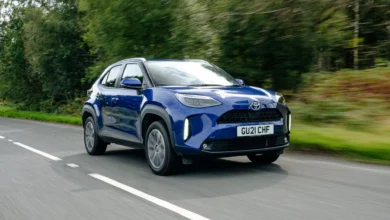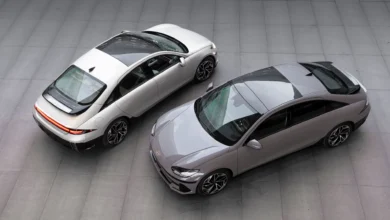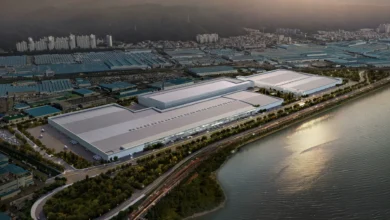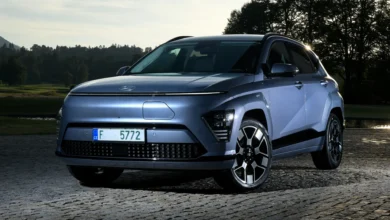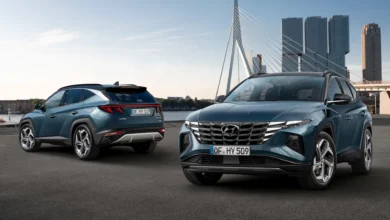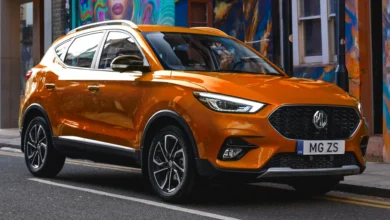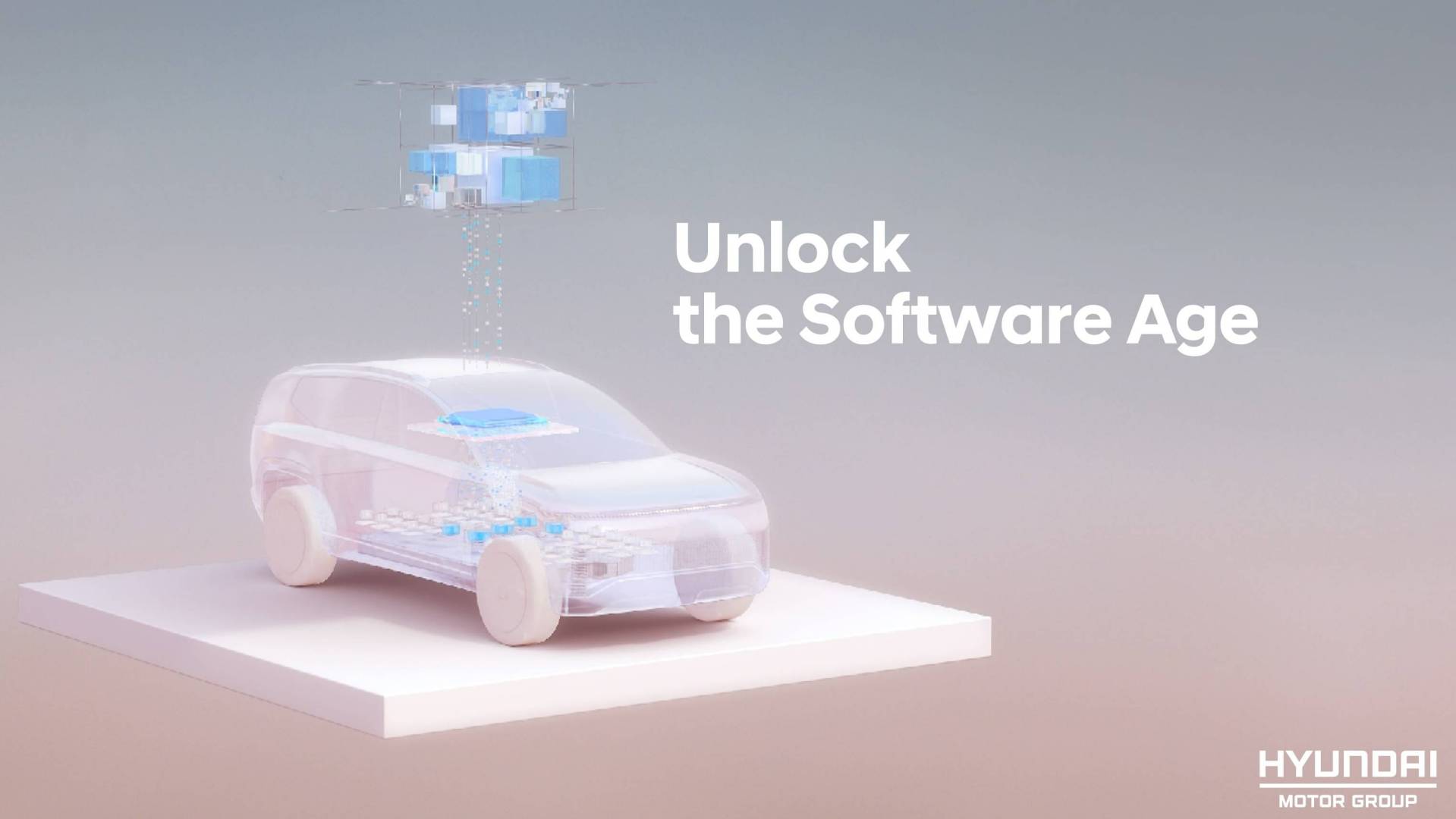
In an online event, the Hyundai Motor Group (HMG) presented how it intends to focus more on software. Using a multi-level software house, she showed how this should affect the vehicle architectures, the services, and, last but not least, the mobility of her customers. Hyundai is investing around 13 billion euros in the program. “ Software-defined vehicles ” should offer customers more benefits and more individual options as well as keep their cars up-to-date for longer. The group also expects lower costs and a “significant” time saving for development and production processes.
From 2025: Over-the-air updates for all models
Hyundai has developed an operating system called Connected Car Operation System (ccOS) to provide additional vehicle functions via over-the-air updates. In the future, all new cars should be able to be updated via over-the-air updates. The manufacturer plans that by 2025 around 20 million cars will be able to access bookable “connected car services” (CCS), which include personalized services and subscription software. Customers should then also be able to activate functions for a limited time – for example for vacation.
Hyundai expects multimodal mobility
Hyundai also wants to network the data from the services with other mobility solutions such as robotic taxis, shuttles, air taxis, and special electric vehicles. The software platform is to become an ecosystem for the transport and logistics industry. For this purpose, Hyundai draws on a long partnership with Nvidia and its expertise in the field of artificial intelligence. In the end, customers should experience multimodal mobility tailored to their needs, which they can control via smartphone and ccOS. Together, Hyundai calls this the “future of mobility”, it is at the top of the house of software.
New platform “eM” with a 50 percent more range
The new platform IMA (Integrated Modular Architecture) splits Hyundai into an area for electric cars of all segments (eM) and one for special vehicles such as commercial vehicles and robotaxis (eS). The uniform architecture is intended to reduce the number of parts and forms the basis for the software house. Hyundai says, for example, that in the future there will only be four integrated controllers for the areas of comfort, driving, infotainment, and assistants and no more individual ones – for example for window regulators. So far, HMG has only used integrated controllers in the last two areas. The group also wants to have completed this conversion in 2025. New, faster control units should form the basis for the series production of autonomous cars with Level 3.
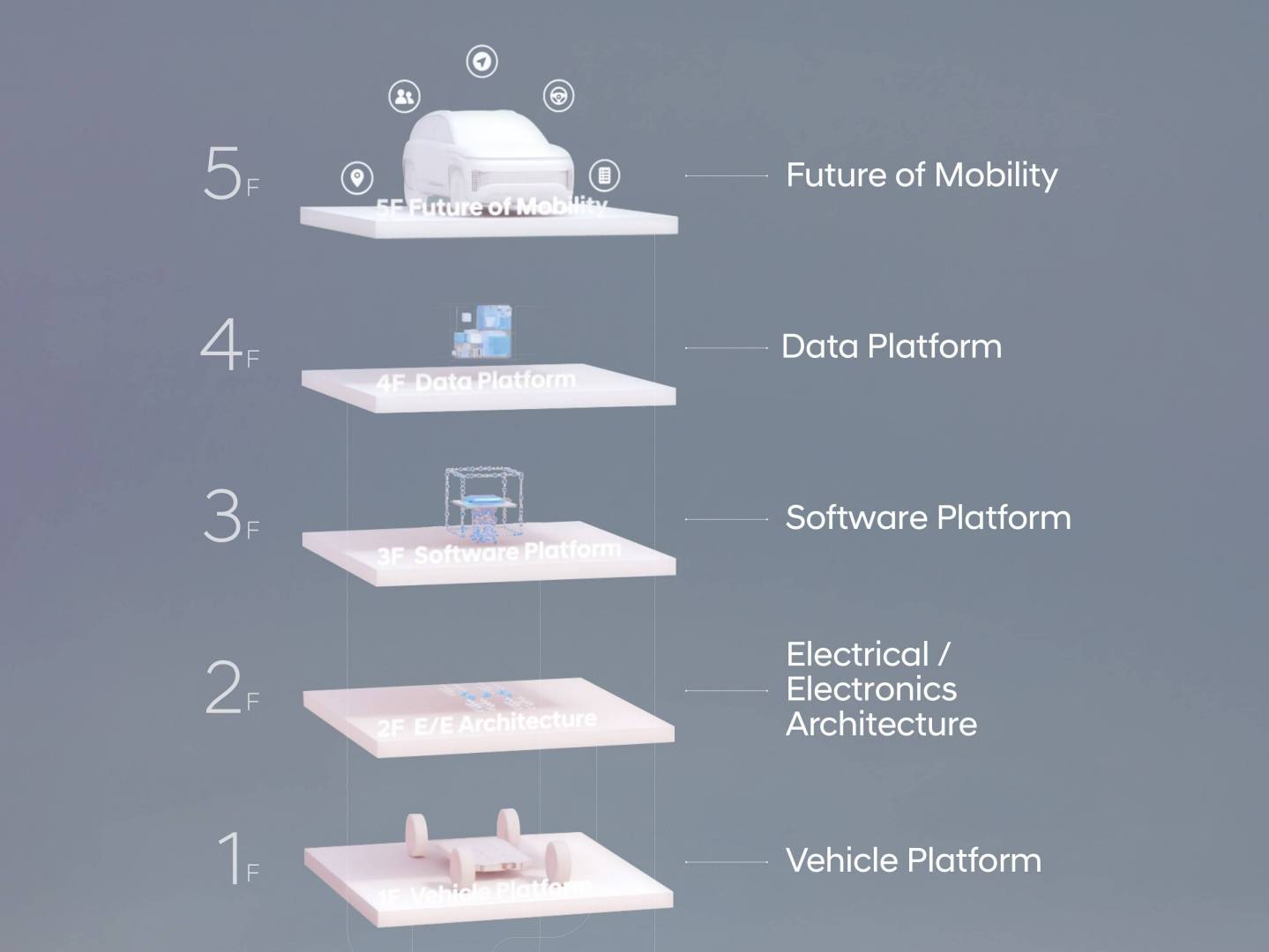
Uniform operating system in 3 parts
The operating system runs on the platform and its controllers – in the House of Software it represents the second floor. The software divides the ccOS into three areas: “ccOS.e” is the abbreviation for the embedded version, which is directly on the integrated controllers running. “ccOS.a” is to take care of assistance systems and their sensors. The “a” stands for ADAS (Advanced Driver Assistance System). The infotainment area is given the additional abbreviation “i”. The standardization should also be useful for Hyundai in the area of autonomous driving . The company also assumes that owners will enjoy their cars for longer because they can still book desired options even after many years.
3rd floor: data platform
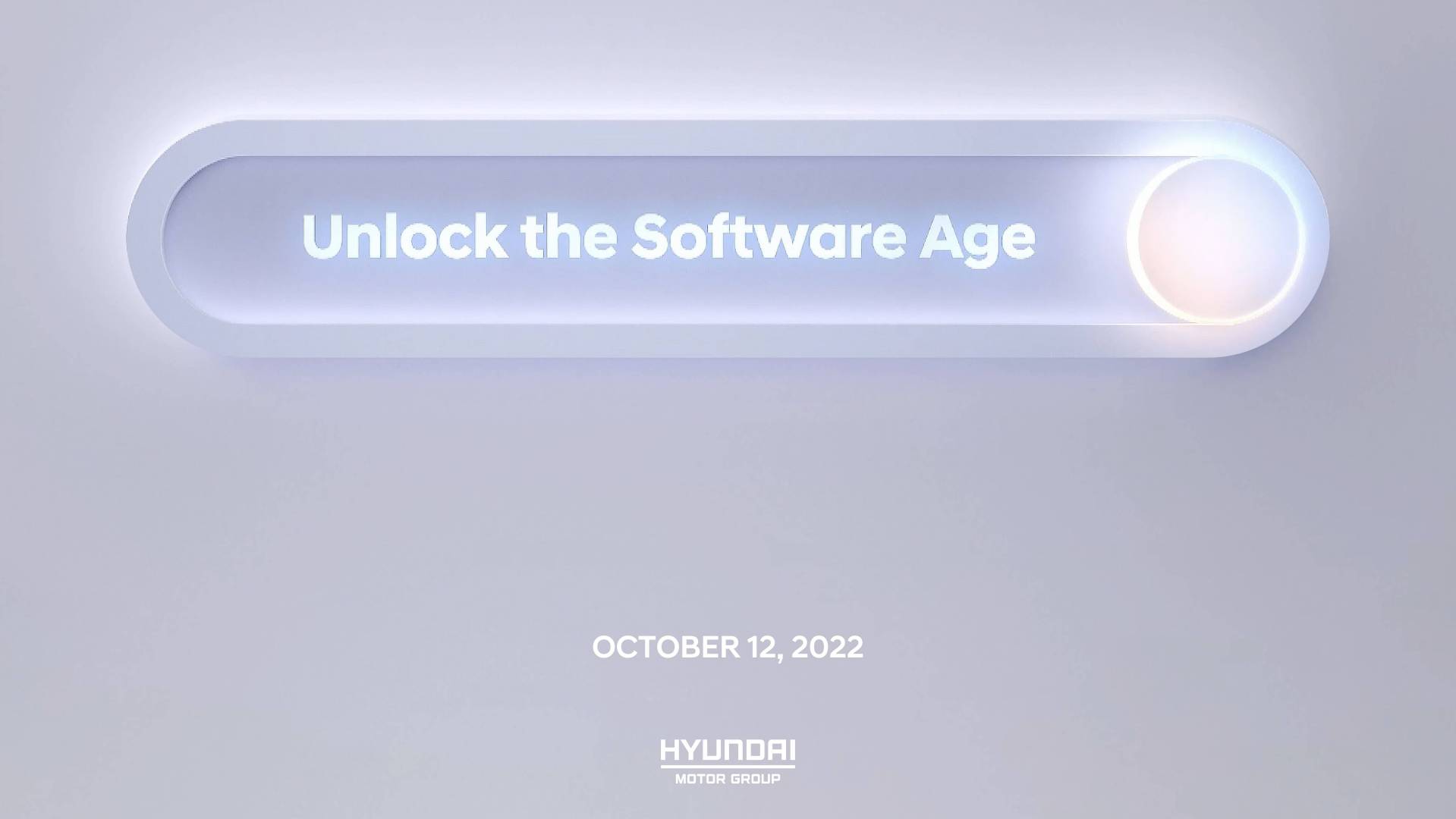
Hyundai wants to process the data from ccOS and the “Connected Services” in a new data platform to increase comfort, make the mobility experience more diverse, and in the future network the cars with other means of transport. Deep learning methods should provide high processing speed and efficiency. HMG would like to combine the data from the cars with other sources, such as traffic lights, infrastructure, and navigation information. In the end, they should not only lead to advantages for the customer but also contribute to the development of new services, options, and mobility solutions.
